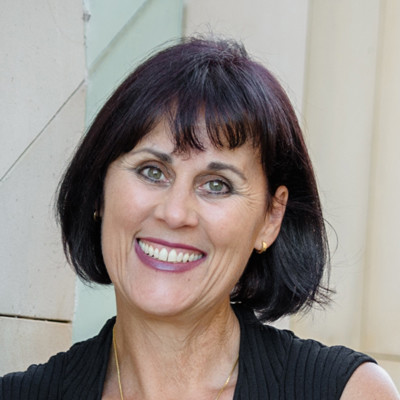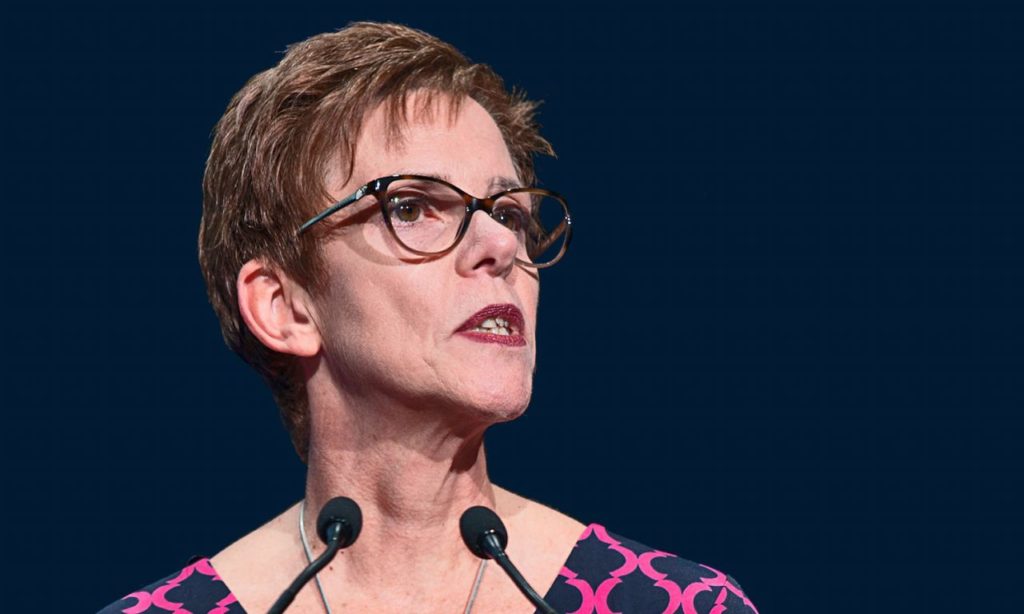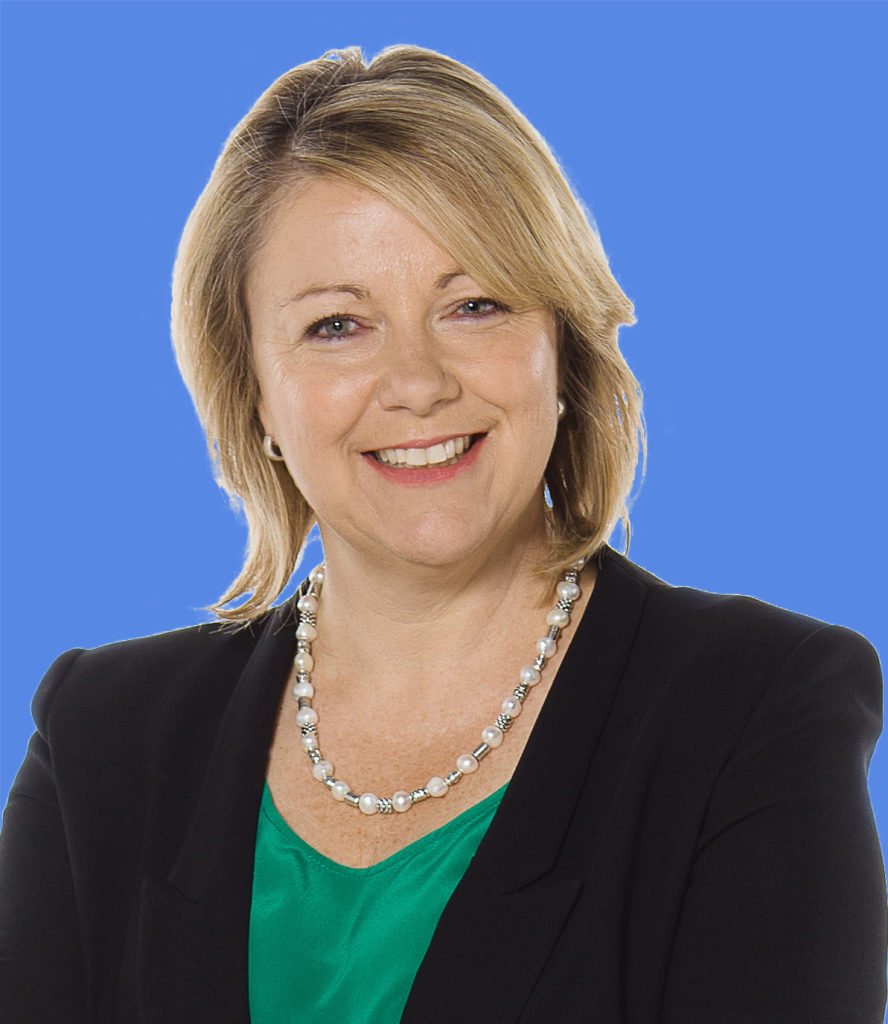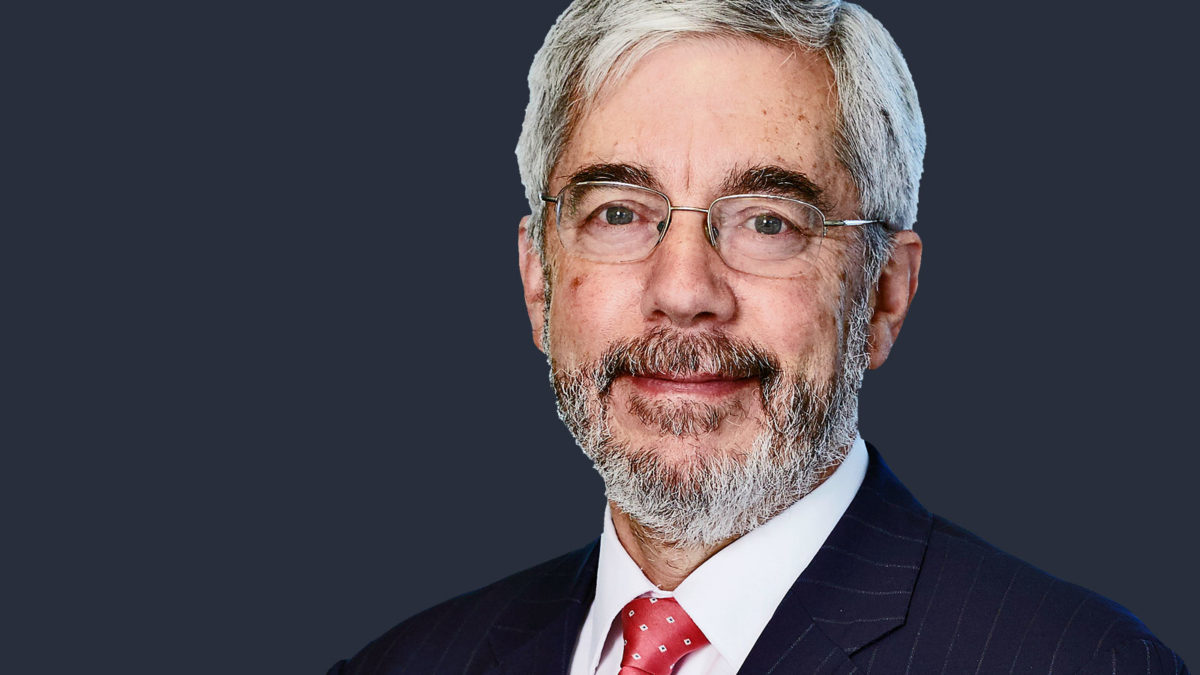Why we’re still arguing about fund mergers
It’s approaching orthodoxy that a merger is always in the best interests of members. But is bigger always better? What is the true price of scale?
Leeanne Turner, Spirit Super’s inaugural chief executive, told a CMSF audience in May: “If you’re not considering a merger then you either have your head in the sand or are lying.” True, everyone is considering it, but not everyone will end up going down that path. The only question is ‘how many?’

It’s an issue the industry has taken to heart. Per APRA’s figures, the number of super funds has fallen by 100 to 170 since 2013’s ‘Stronger Super’ reforms, with the expectation of more exits to come.
We’re staring down the barrel of a highly consolidated industry, and the pressure to merge is greater than ever before.
But even those figures from APRA are misleading. Only a little more than half of the remaining 100 are what most people regard as a super fund, serving a significant number of members and taking close to full control of the processes. Most of the rest are more like clients of master funds, with everything being outsourced except the trustee.
A better guide to the number of sustainable super funds is the AIST membership, which consists of 43 not-for-profit or fiduciary funds, plus five Pacific Islands funds.
The issue of mergers goes hand in hand with the issue of scale. Helen Rowell, APRA’s deputy chair, recently told the 2021 CMSF that $30 billion in funds under management was emerging as the sweet spot for super funds, with the implication that a merger was the fastest and best way to get there.
“Smaller, underperforming funds would ideally consider merging with a larger, better performing partner rather than another small fund – especially one that is also underperforming,” Rowell said.

“APRA doesn’t intend to let perfection be the enemy of the good. But we expect trustees to consider whether a small fund-to-small fund (or bus-stop) merger is going to tackle underlying issues or just be a temporary stop on the way to the ultimate destination of sustainability.”
Not everybody has taken on the merge or die message. One notable exception is $13 billion Active Super – the recently rebranded LGS Super – with Philip Stockwell, the chief executive, telling ‘Investor Strategy News’ that the fund had no plans for a merger and that its size allowed it to be “targeted and agile” and invest in underutilised small and mid-cap stocks.
A bigger fund, the $17 billion Care Super, is in a similar position. Julie Lander, the chief executive, said in an interview prior to this year’s Chant West Awards, in which her fund was a finalist for ‘Fund of the Year’, that everyone was thinking about scale.
“But we think that it’s worth preserving our story. There should be different options for people. We’re very focussed on member retention and customer experience.”
David Knox, Mercer senior partner and one of the most highly regarded advisers to the super industry, says: “The example I use is the banking industry. You’ve got the big four and Bendigo, but you’ve still got credit unions who are operating and doing it well.
“Smaller super funds can survive, but they need to understand why they’re surviving – what their niche market is – and they also need to operate in a manner that brings them the benefits of scale with other operators.”
While the megafunds – such as AustralianSuper, Aware Super and the soon-to-merge Sunsuper and QSuper – are increasingly bringing their investment capabilities and administration in-house, smaller funds may need to outsource these functions to major global players in order to achieve the benefits of scale.
Linda Elkins, another highly regarded adviser to funds and KPMG national sector leader for wealth and asset management, says: “I do believe there’s room for small funds. I think it was helpful for APRA to make those comments, because it sets a benchmark for funds to be thinking about.

“If you’re less than $30 billion, have you thought about how you’re going to achieve your member outcomes? Have you thought about sustainability?”
But if the trustees cannot answer those questions with confidence and are not delivering on member outcomes, it’s probably time they pulled their head out of the sand. Barring the issue of scale, mergers are plain hard to pull off.
The problems start at the top. One key issue in any merger is deciding what to do with hangers on at the board level, and that usually means some amount of blood on the floor. One of Turner’s first orders of business ion discussions about bringing together MTAA, a traditional single-industry fund for the automotive distribution sector, with Tasplan, a geographically defined multi-industry fund, was getting rid “of the noise about who would sit on the board and who would be CEO” – in other words, figuring out who should stay and who should go.
Knox agrees. He says: “You need to give thought to senior management roles and how that process is going to work, because clearly you’re moving into a position where you have two CEOs, two CFOs, two CIOs – and two into one doesn’t go. You want to keep your quality people within the fund.”
And there can be “very genuine barriers” to a merger, Elkins says, including tax issues and investments that can be problematic to transfer.
The difficulty in pulling off a merger is one part of the reason Maritime Super looked to Hostplus for an “asset pooling partnership” that attracted the scrutiny of both APRA and its industry peers. As APRA recently gave the pooled superannuation trust its tacit tick of approval, the stage is set for similar arrangements. In reality, Maritime is becoming a big client of Host’s PST, albeit getting a better deal than smaller clients.
“This is an example of Maritime Super using the investment clout and the investment opportunities of a larger player,” Knox said.
“In this case it was another industry fund. Similarly, it could be a global investment manager. I think APRA has to be ready to say: “How are you acting in the member’s best interests, are you bringing fees down, are you providing better returns?”.
At the other end of the scale, Elkins and KPMG are forecasting a highly consolidated industry, with 76 per cent of assets and 77 per cent of member accounts to be managed by 12 funds once currently announced mergers have been finalised. This will mean the emergence of five $100 billion-plus funds. Currently they would be: QSuper/Sunsuper/PostSuper, AustralianSuper, IOOF and MLC, Aware Super and AMP. And as merger activity heats up, the industry should prepare for a “traffic jam”.
Elkins says: “Funds that would desire merging with a high-quality larger fund may have to wait a significant amount of time to be able to do that given the pipeline of mergers and the overall number of mergers that would be expected in order to meet the standards APRA is talking about.”
From a regulatory perspective, a more concentrated industry is easier to regulate than one that’s fragmented, and there are some grumblings from within the industry that this has more to do with Helen Rowell’s recent speech than any real concern about performance.
While Elkins says that APRA has been “very interested in understanding some of the barriers and what the solutions might be”, it’s obvious that APRA will need to continue to work with the industry to smooth the process as merger activity heats up.
“It’s impossible in a merger to say that this is to the benefit of every single member, and that ties you in knots,” Knox says. “APRA needs to help funds say: ‘We’ve looked at this at the macro level, and here are the benefits that a merger will provide – whether it’s lower fees, whether it’s better returns, whether it’s economies of scale or better technology…’
“We need to do that in a manner that looks at it from a broader perspective, rather than [spending too much effort on] nit-picking and dotting the ‘I’s and crossing the ‘T’s.”
What members think
As an aside and assuming it is a true indicator of the views of a broad sample of members, researcher Investment Trends published its annual ‘Super Member Engagement Report’ last week (June 10). Highlights from the report include:
- A total of 27 per cent of members see merging with a larger fund as a positive outcome compared to 11 per cent who see it as a negative. The majority are indifferent
- The few who hold a negative sentiment towards mergers are most concerned about potential negative impacts on fees and returns, and
- Some (18 per cent) oppose re-branding after a merger, citing the strength of the existing brand and resource wastage.











